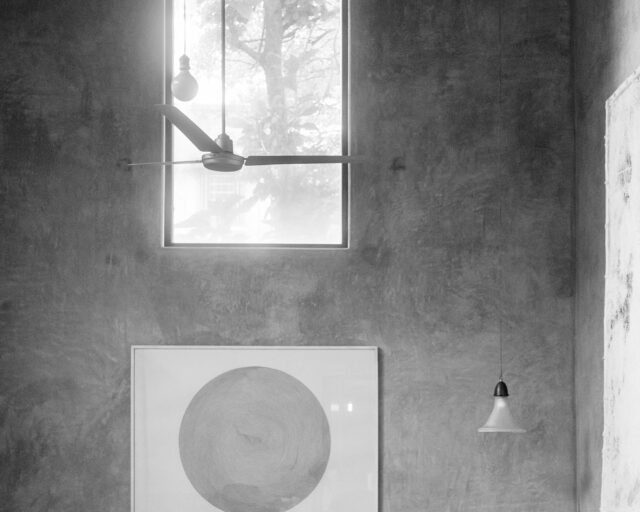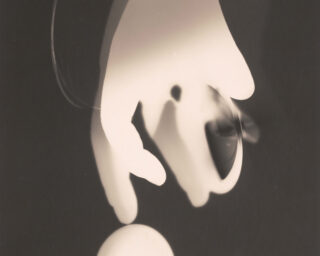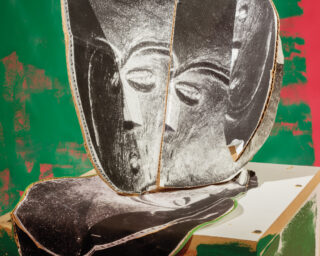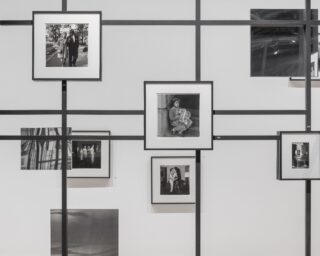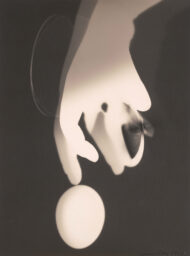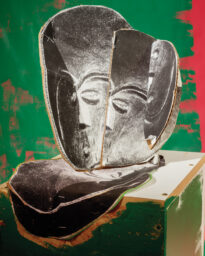Dayanita Singh: File Museum
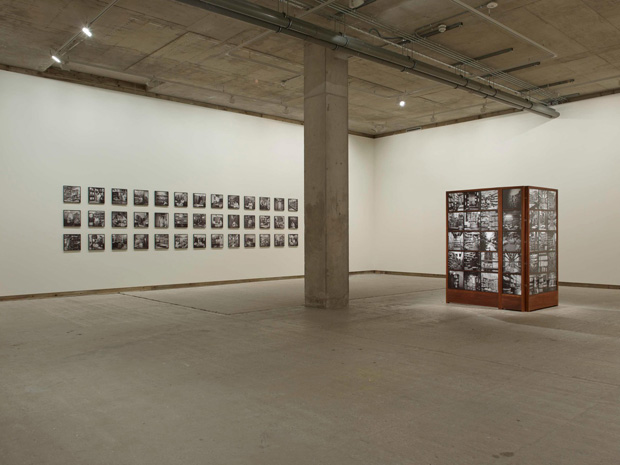
Dayanita Singh, Installation view, 2012. Courtesy of the artist and Frith Street Gallery, London
Ever since she left photojournalism behind, Dayanita Singh has wandered India, digging under the stereotype of a bustling, teeming nation to catalog absence. Few humans intrude into her luminous sodium nightscapes or deserted industrial sites, but in her new photographic installation File Museum, on view at Frith Street Gallery, London, until January 26, the sense of emptiness is more acute than ever. Archives are her subject. Not the digital-data sort growing in India’s gleaming technological hubs, but the crumbling, cavernous kind—windowless subterranean interiors crammed full of old paper.
Most of the 140 photographs on display show similar scenes: functional but rusty shelving units channel our vision to the point where darkness subsumes them, or where more shelves block our gaze. Files, sacks, trunks, and boxes contest for space. Cupboard doors are forced open by their contents. Shelves lean like dominoes under their loads. Empty chairs (the subject of an earlier series of Singh’s) come under siege from the piles surrounding them. Small patches of wall are only occasionally visible. At times, the floor is taken over with paper towers.

Dayanita Singh, Installation view, 2012. Courtesy of the artist and Frith Street Gallery, London
In a sense, people are absent and everywhere here. The bulging records, bursting out of the frame, chronicle snippets of millions of lives, both past and present, though what exactly the endless deluge of files contains remains oblique. Despite the chaos, handwritten signs in both Hindi and English can be spied (Secret F, 1908, September hints at one). Some of the archives she’s peering into are clearly locked away and classified; others, Singh’s images seem to suggest, are relics, buried underground and forgotten.
Most artists and photographers who are interested in archives (think Larry Sultan and Mike Mandel, or the Atlas Group) highlight the contents of the idiosyncratic collections they find, and are often suspicious of the power systems that generate them. They take the archive out of its context. Singh, however, is determined to bring the archives themselves to light, to show us the haphazard but very human organizational systems at these forlorn and increasingly anachronistic places. Singh’s choice of subject is reminiscent of the many abandoned, ruined sites that artists Jane and Louise Wilson, for instance, are drawn to. Her approach, however, and particularly her use of black-and-white film, is more akin to the repetitive monochrome cataloguing of Bernd and Hilla Becher, albeit with a more tender, elegiac eye. The technological vision India wants for its future is a long way from here.
Singh always experiments with the display of her images, calling herself a “bookmaker who works with photography.” Here she has made a huge rectangular teak storage system for the contents of File Museum—an archive of archives, if you like. It stands in the middle of the gallery like a giant tome, with one side of its moveable exterior open as if it were a book cover—a cover you could endlessly redesign, since the forty images displayed on the outside are interchangeable with the many stored within.
Pristine and neatly packed with frames, it feels like the opposite of the chaotic archives it houses, particularly within the ordered, rigid environment of the white cube, which doesn’t quite encourage interaction. Compared to Singh’s previous delicate and fragile publishing ventures, among them concertinaed books and a collection of postcards, it’s more monumental and contrived.
On a nearby wall are the images of the custodians themselves. While File Museum is far more straightforward than Singh’s previous works, which are often tinged with mystery and lyricism, with these portraits her elegy hits its most forceful note. Here women and men are lost in activity, sorting, retrieving, or rummaging; their heads are dwarfed, peeking over mountains of files or framed by gaps in piles. Compared to the empty archives, they are not so uniformly captured. Some are proud and smiling. Others are alert, pen-poised. A few are pensive or tired. A couple seem wary, used to being cataloguers, not being catalogued.
They may be an afterthought, slightly out of step with the rest of the installation, or with what we have come to expect from Singh. But these far more traditional images are the real highlight. It’s possibly no coincidence that there are just enough to cover the entire exterior of her giant teak “book.”
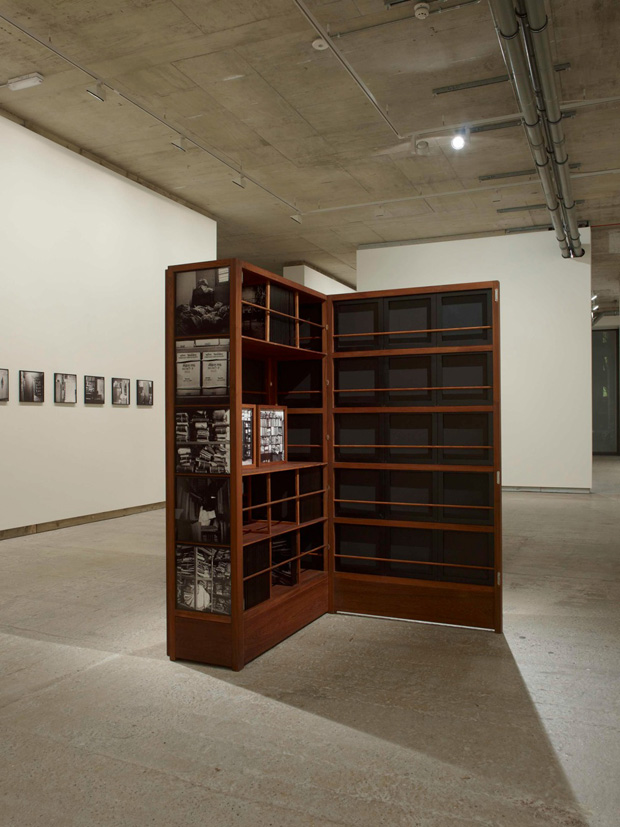
Dayanita Singh, Installation view, 2012. Courtesy of the artist and Frith Street Gallery, London












